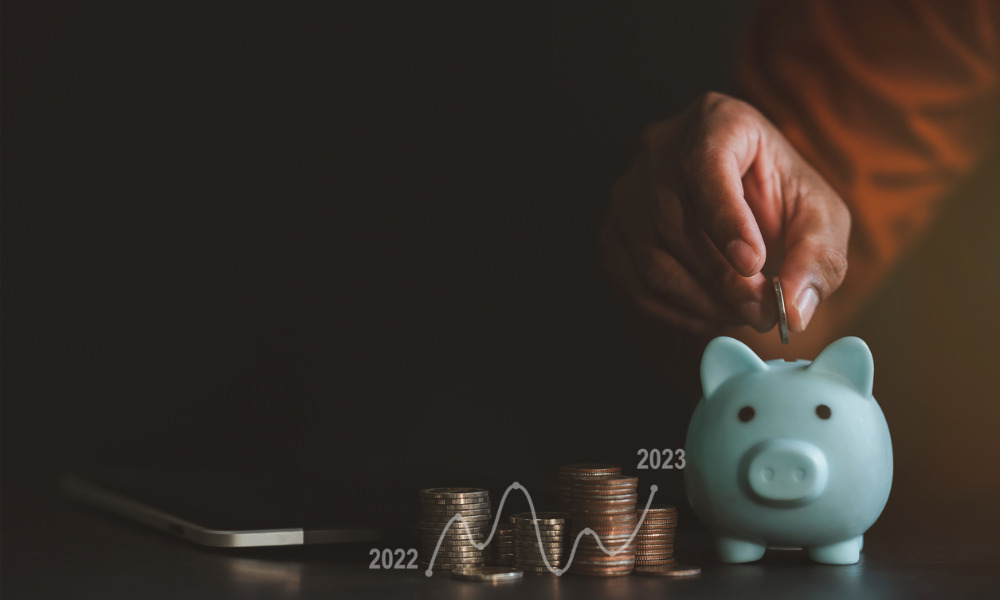Some funds that had not met their benchmark targets still increased the compensation of their top executives

The compensation of chief executive officers from the Maple Eight, the largest pension funds in Canada, had seen slight changes even as they experienced losses in some of their public market investments because of the inflation and higher interest rates, as reported by The Globe and Mail.
Seven out of the eight largest pension funds showed the breakdown of the compensation policies of their senior executives within their annual reports. Most of the pension funds had shown the compensation of their CEOs as well as other executives but did not include the investment managers below the executive level.
The data showed that while some of the funds did not meet their benchmark targets, their top executives still saw an increase in their compensation. These were due to their emphasis on the performance of the funds in the long term, typically measuring over a span of five years.
This was seen with the Ontario Municipal Employees Retirement System (OMERS). Its returns for the year were only 4.2%, which was below its 7.2% benchmark. Despite this, Blake Hutcheson, its CEO saw a 0.4% increase in his compensation, receiving a total of $5.16 million which was only $5.14 million in 2021.
The pension fund used a five-year average performance for their compensation. Despite his annual and long-term incentive pay dropping to $4.4 million, the raise in Hutcheson’s salary was attributed to the increase in his base salary which was $600,000 in 2022. In the previous year, it was only $565,000.
Some funds with CEOs who were new to their posts were given high salaries on their first year on the job.
Public Sector Pension Investment Board (PSPIB) CEO Deborh Orida had received a total of $8.63 million. Orida had only assumed the position on Sept. 1, 2022, which was almost halfway through the fiscal year.
Alberta Investment Management Corporation (AIMCo)’s CEO, Evan Siddall, had received $4.96 million which was an increase from the $1.33 million he received in 2021. He assumed the position in July 2021.
The highest reported pay increase for a CEO was seen in British Columbia Investment Management Corporation (BCI)’s report. Gordon Fyfe, the fund’s CEO, had received $5.04 million in the latest fiscal year. This was a 23% increase from the $4.1 million in the previous year.
John Graham, the CEO of the Canada Pension Plan Investment Board (CPPIB), which was the biggest fund in Canada, had a 0.5% increase in his compensation, totaling to $5.38 million in 2022.
Other CEOs of pension funds saw a decrease in their compensation.
The CEO of Ontario Teachers’ Pension Plan (OTPP), Jo Taylor, had his compensation reduced from $5.6 million in 2021 to $5 million in 2022. After a 5.6% loss, Caisse de dépôt et placement du Québec (CDPQ) CEO Charles Emond had a 4.9% reduction in his compensation, totaling $4.21 million.
Despite some having their pay slightly decreased, the compensation that the CEO of public pensions was considerably large. However, it was still less than what their peers in the private sector received.
According to the review made by The Globe and Mail and Global Governance Advisors, a consulting company, the average pay of CEOs that were a part of the 100 largest companies in Canada that were listed on the Toronto Stock Exchange was $8.6 million in 2022.
Among members of the Maple Eight, only the Healthcare of Ontario Pension Plan (HOOPP) did not disclose the compensation for its executives in its annual report.



